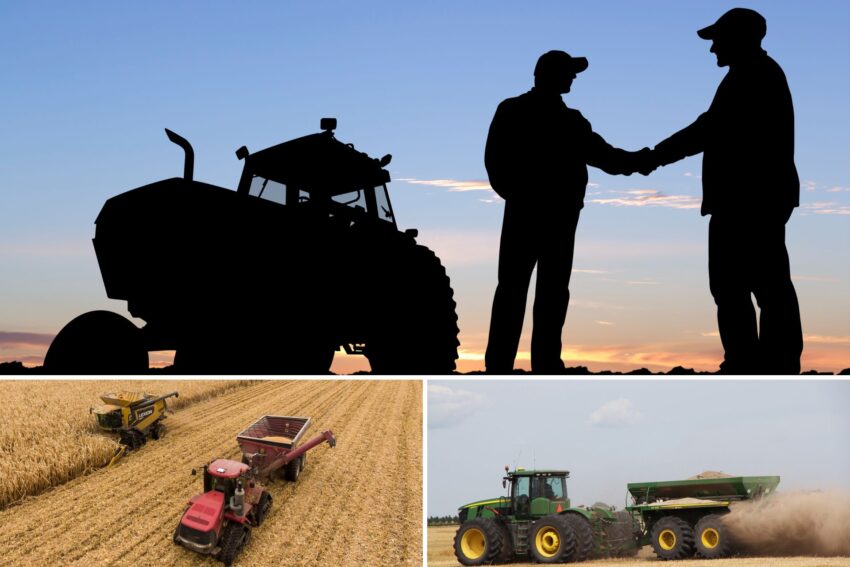The agricultural equipment industry is facing a downturn as farmers grapple with tighter balance sheets. However, it’s reported that the sector has strategically positioned itself to weather the storm better than in past cycles. Recent insights reveal that key players in this sector have learned from historical downturns, implementing measures that enhance resilience and profitability even amidst declining demand.
Major manufacturers like AGCO Corp., CNH Industrial, and Deere & Company are notably cutting back on production for 2024. This proactive reduction aims to align inventory levels with expected market demand, avoiding the pitfalls of surplus stock that could devalue assets and strain dealer finances. This approach not only safeguards the current economic health of the industry but also positions it favorably for recovery in subsequent years.
These companies are not just cutting back; they’re smartening up. Operational changes have been pivotal, focusing on cost management and adopting more flexible manufacturing processes. This adaptability ensures that even with revenue dips, their EBITA margins are forecasted to remain robust, between 9-20%. Such financial planning reflects a broader industry shift towards economic sustainability and efficiency, preparing for downturns with a buffer that previous cycles lacked.
The industry’s pivot towards technology is also noteworthy. Innovations like those from Deere’s Precision Planting division are not just about adding tech for tech’s sake. They’re designed to enhance the efficiency of existing equipment, offering farmers tools to remain profitable through precision agriculture. This focus on technology as a business decision rather than an emotional purchase underscores a strategic shift in both manufacturing and farming practices.
The strategic adjustments in the new equipment market are likely to have a ripple effect on the sales of used agricultural machinery at auctions. With manufacturers reducing production and dealers managing inventory more conservatively, fewer new machines will flood the market, potentially driving up the value of well-maintained used equipment. This could lead to a surge in demand for second-hand machinery as farmers look for cost-effective alternatives to new purchases. Additionally, the focus on technology and precision agriculture might mean that newer used equipment, equipped with the latest technological advancements, could see higher bids as these features become indispensable for modern farming operations. Conversely, older models lacking these technologies might depreciate faster, creating a two-tiered market within used equipment sales. Auction houses might see increased activity, with both higher prices for tech-equipped models and potentially a quicker turnover of stock as farmers upgrade to keep pace with industry standards.
The agricultural equipment sector, through strategic foresight and operational adjustments, is demonstrating a preparedness for economic downturns that was arguably lacking in previous cycles. By marrying technology with traditional manufacturing, focusing on lean operations, and maintaining a sharp eye on market demand, these companies are not just surviving but setting a precedent for resilience in the face of economic adversity. This approach not only benefits the companies but also supports the broader rural economy by maintaining stability in what could have been a more turbulent market transition.


